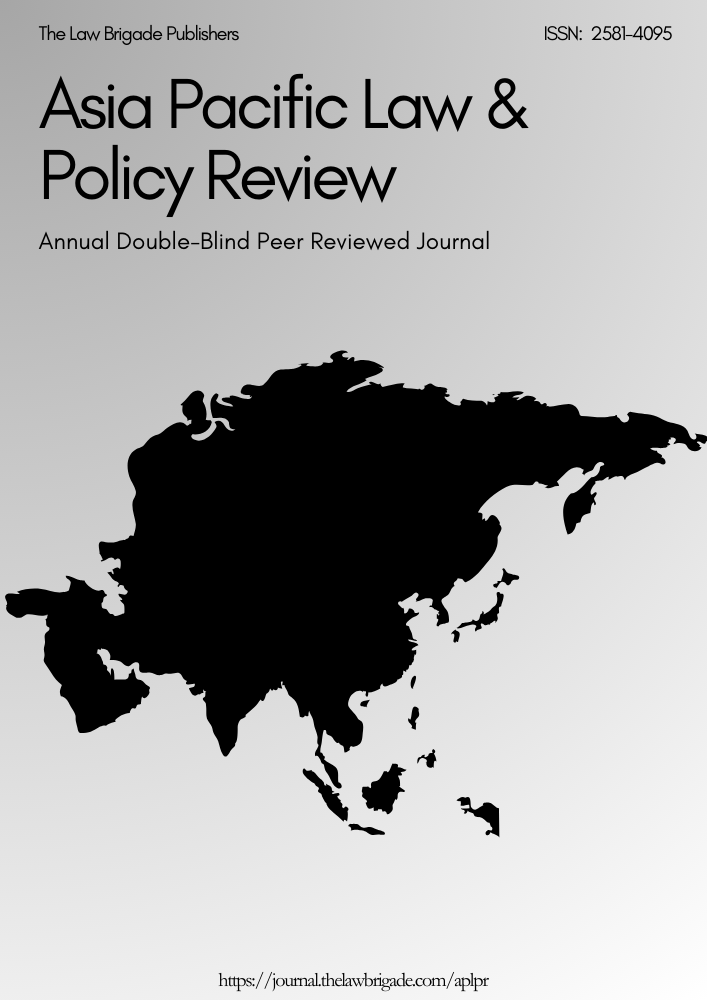COMPARATIVE ANALYSIS OF FAIR USE DOCTRINE FROM CHINESE AND AMERICAN PERSPECTIVES: LESSONS FROM JIMMY LIN’S PS CASE
Keywords:
China, US, Jimmy Lin's Case, Fair Use DoctrineAbstract
There are two legislative modes of fair use doctrine in the global scale: one is closed mode representative by China and the other is open mode representative by US. In Jimmy Lin’s case, the defendant was held for copyright infringement due to his replacement of one of the characters in the picture without the authorization of the original author. Whilst in a similar case, the Prince case, the defendant’s act was held justification for transformative use in US. The fundamental reason for the different legal provisions of the two countries lies in their different attitudes towards the personal rights of copyright, where Chinese copyright law takes moral rights more seriously, while US law focuses more on the property rights. In September 8, 2017, the Beijing Haidian Court made a judgement of the copyright dispute between plaintiff Zhu Qingfu and defendants Jimmy Lin & Beijing Micro Dream Chuang Ke Network Co. Ltd., where star Jimmy Lin was sentenced to a fine of more than 300000 RMB due to the poster of a picture with obvious PS traces in his Weibo. This case has triggered the debate on the differences between the fair use doctrine between China and US.
Downloads
References
i See Zhu Qingfu v. Jimmy Lin, (2017) Beijing 0108 Civil Verdict 1334.
ii See Cariou v. Prince, 714 F.3d 694 (2d Cir. 2013).
iii See Article 107 of the U.S. Copyright Law.
iv See Article 22 of the Chinese Copyright Law.
Downloads
Published
Issue
Section
License

This work is licensed under a Creative Commons Attribution-NonCommercial-ShareAlike 4.0 International License.
License Terms
Ownership and Licensing:
Authors of research papers submitted to any journal published by The Law Brigade Publishers retain the copyright of their work while granting the journal specific rights. Authors maintain ownership of the copyright and grant the journal the right of first publication. Simultaneously, authors agree to license their research papers under the Creative Commons Attribution-ShareAlike 4.0 International (CC BY-SA 4.0) License.
License Permissions:
Under the CC BY-SA 4.0 License, others are permitted to share and adapt the work, even for commercial purposes, provided that appropriate attribution is given to the authors, and acknowledgment is made of the initial publication by The Law Brigade Publishers. This license encourages the broad dissemination and reuse of research papers while ensuring that the original work is properly credited.
Additional Distribution Arrangements:
Authors are free to enter into separate, non-exclusive contractual arrangements for distributing the published version of the work (e.g., posting it to institutional repositories or publishing it in books), provided that the original publication by The Law Brigade Publishers is acknowledged.
Online Posting:
Authors are encouraged to share their work online (e.g., in institutional repositories or on personal websites) both prior to submission and after publication. This practice can facilitate productive exchanges and increase the visibility and citation of the work.
Responsibility and Liability:
Authors are responsible for ensuring that their submitted research papers do not infringe on the copyright, privacy, or other rights of third parties. The Law Brigade Publishers disclaims any liability for any copyright infringement or violation of third-party rights within the submitted research papers.


